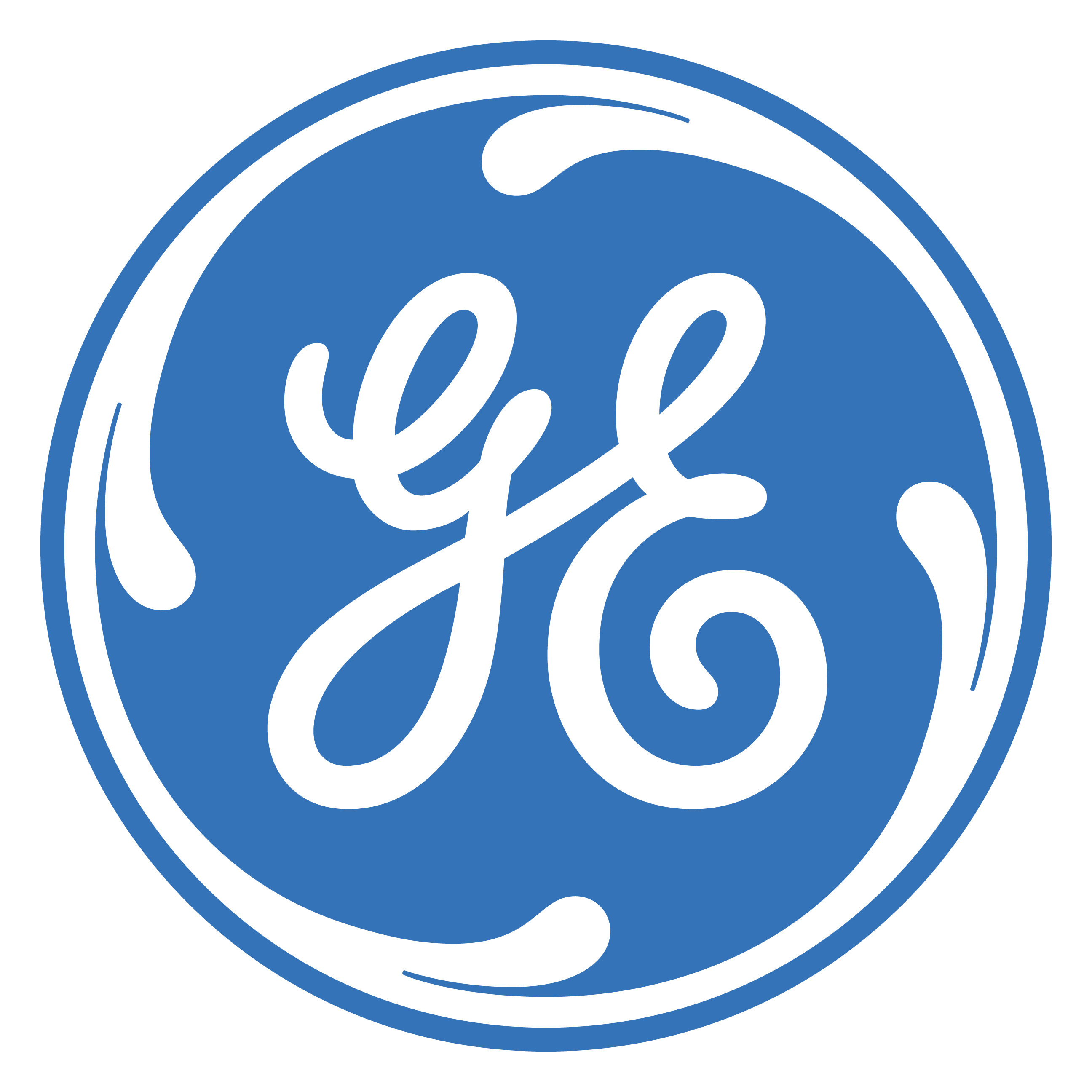Why Invest in Railways
-
Passenger Growth
29% increase in rail passenger forecast from 2021 (9,457 Mn) to 2031 (12,213 Mn)
-
Freight Growth
157% increase in expected freight handled by Indian Railways from 2021(1,231 Mn Tonnes) to 2023 (3,167 Mn Tonnes)
-
Focus on Capex
National Rail Plan 2030 envisages USD 107 Bn Capex in 2026-31
-
Surge in Demand
Demand for Locomotives is expected to increase in the period from 2026 to 2031. This would imply that demand for rolling stock will surge by 25% from 2026 to 2031

















